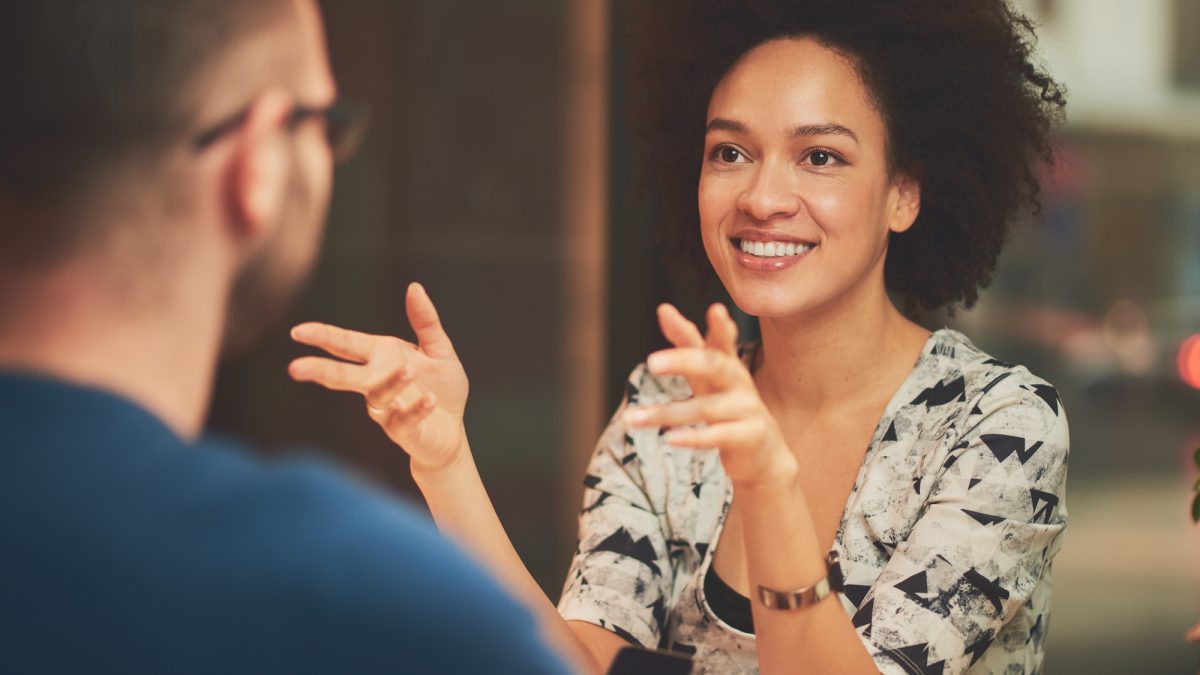Mutual Accompaniment
{20 minutes}
Mutual Accompaniment
Being with...
Mutual accompaniment is a non-heirarchical reciprocal attunement. In the context of this practice, we are thinking about it for partnership and mutual support engaging with the learning platform.
It was always our vision that people using the platform would engage in it with others. Whether that be a single person who is a friend, a colleague, or a peer, be it a professional curator, or be it a group, our vision was always that you would be co-learning. We sketch out here some of the fundamentals for accompanying someone on the platform: for helping them make good use of it.
Our goal isn't for people to be endlessly scrolling through practices, but to help them find viable points of entry into the model so that they can learn practices that benefit them in their uniqueness. Accompanying someone through this process requires attunement, listening, and tracking skills, all useful and generalizable to your wellbeing.
In the video above, we walk you through some of what we've learned about usefully accompanying people on the model.
Related Practices:
See Reflective Listening . See Lee Mun Wah's Relational Mindfulness framework. See Tracking Physiology and Ways of Knowing.Photography: | Licensed from Pexels.com, used with permission.


